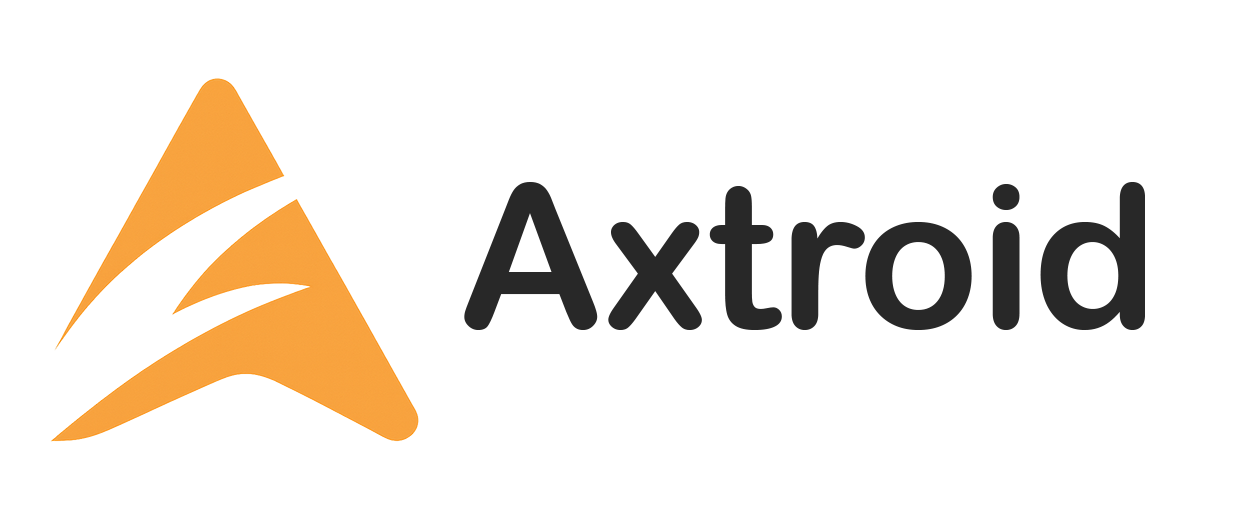Introduction
In today’s technology-driven world, education is no longer limited to reading, writing, and arithmetic. While foundational academic subjects remain critical, digital literacy has become just as essential. The ability to use, understand, and critically evaluate digital tools is a core life skill—and one that every student must master to thrive in the 21st century.
1. Preparing Students for the Future Workforce
Most jobs today—from agriculture to engineering—require some level of digital competence. Students entering the workforce will be expected to:
- Operate software and hardware confidently
- Navigate the internet for research or collaboration
- Use productivity tools like spreadsheets and presentation software
By introducing digital literacy in school, we prepare students not just for jobs of today, but also those of tomorrow.
2. Supporting Smarter Learning in All Subjects
Digital tools enhance learning across disciplines:
- In science, students can run virtual experiments or watch 3D simulations.
- In math, apps and games help visualize complex equations.
- In history and geography, digital maps and timelines bring the past to life.
Digital literacy empowers students to use these tools effectively, making learning deeper and more engaging.
3. Combating Misinformation and Promoting Critical Thinking
In the age of social media and instant information, children are constantly exposed to digital content. Without proper digital literacy, they’re vulnerable to:
- Fake news and misinformation
- Online scams or cyber threats
- Biased or unreliable sources
By teaching students how to evaluate the credibility of digital information, we help them become critical thinkers and responsible digital citizens.
4. Promoting Inclusivity and Bridging the Digital Divide
When digital literacy is taught early, it levels the playing field—especially for students in underserved or rural areas. It ensures that all children, regardless of background, can participate in online learning, access digital resources, and interact with modern educational tools.
5. Building Responsible Digital Citizens
Digital literacy is not just about using tools—it’s also about ethics and safety. Students must learn:
- Online etiquette and respectful communication
- Data privacy and responsible sharing
- Cyberbullying prevention
By embedding these lessons in the curriculum, schools foster a generation that is not only tech-savvy but also socially responsible online.
6. Enabling Lifelong Learning
In a fast-evolving world, learning doesn’t end with school. Whether it’s attending an online course, watching a tutorial, or reading a blog—digital skills are key to self-directed learning. Digital literacy ensures students can continue learning, unlearning, and relearning throughout their lives.
How Schools Can Integrate Digital Literacy
- Introduce computer literacy from upper primary levels.
- Include media literacy modules that cover internet safety, content evaluation, and digital ethics.
- Use project-based learning that requires research, content creation, or collaboration using digital tools.
- Conduct regular teacher training to ensure educators are equipped to guide students in the digital realm.
Conclusion
Digital literacy is no longer optional—it’s fundamental. Just like students must learn to write essays or solve equations, they must also learn to use a search engine, evaluate a website, or safeguard their identity online. Teaching digital literacy alongside traditional subjects ensures that our students are not just literate, but future-ready—capable of navigating and shaping the world they will inherit.


Leave a Reply